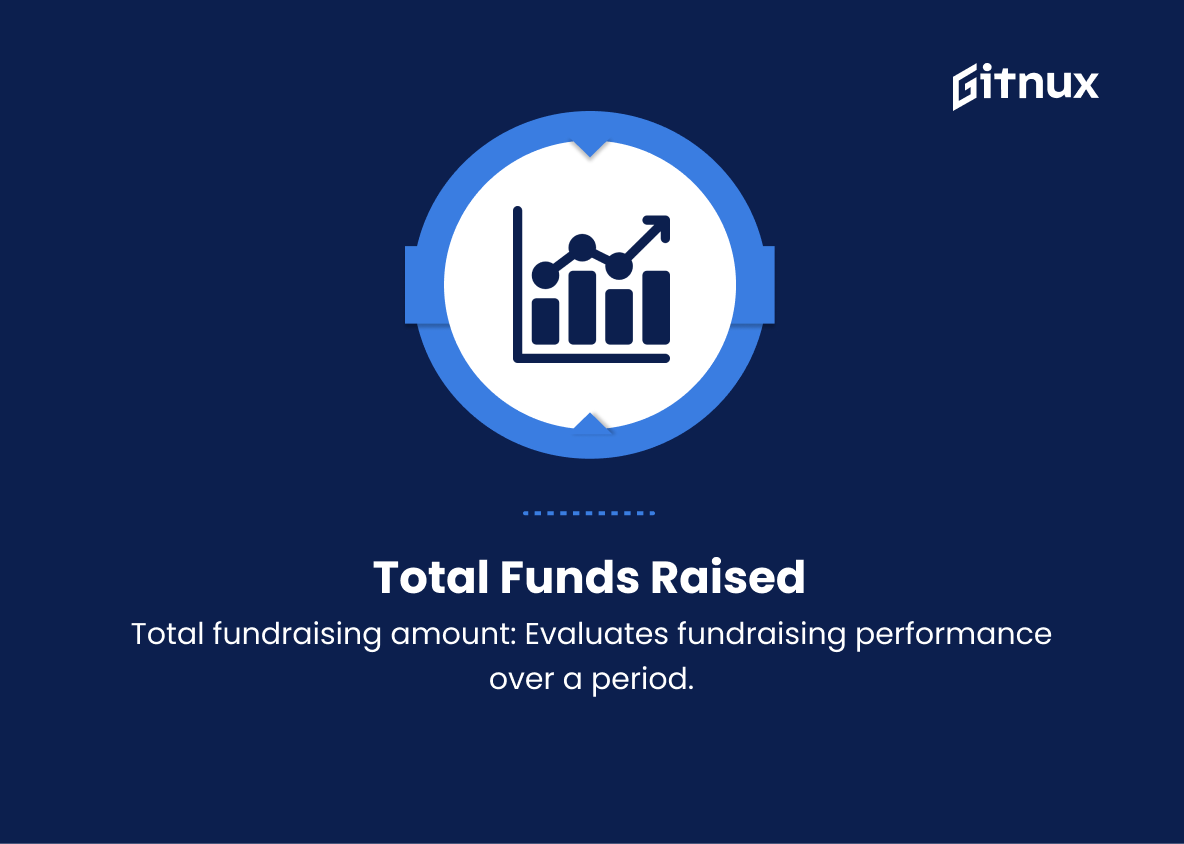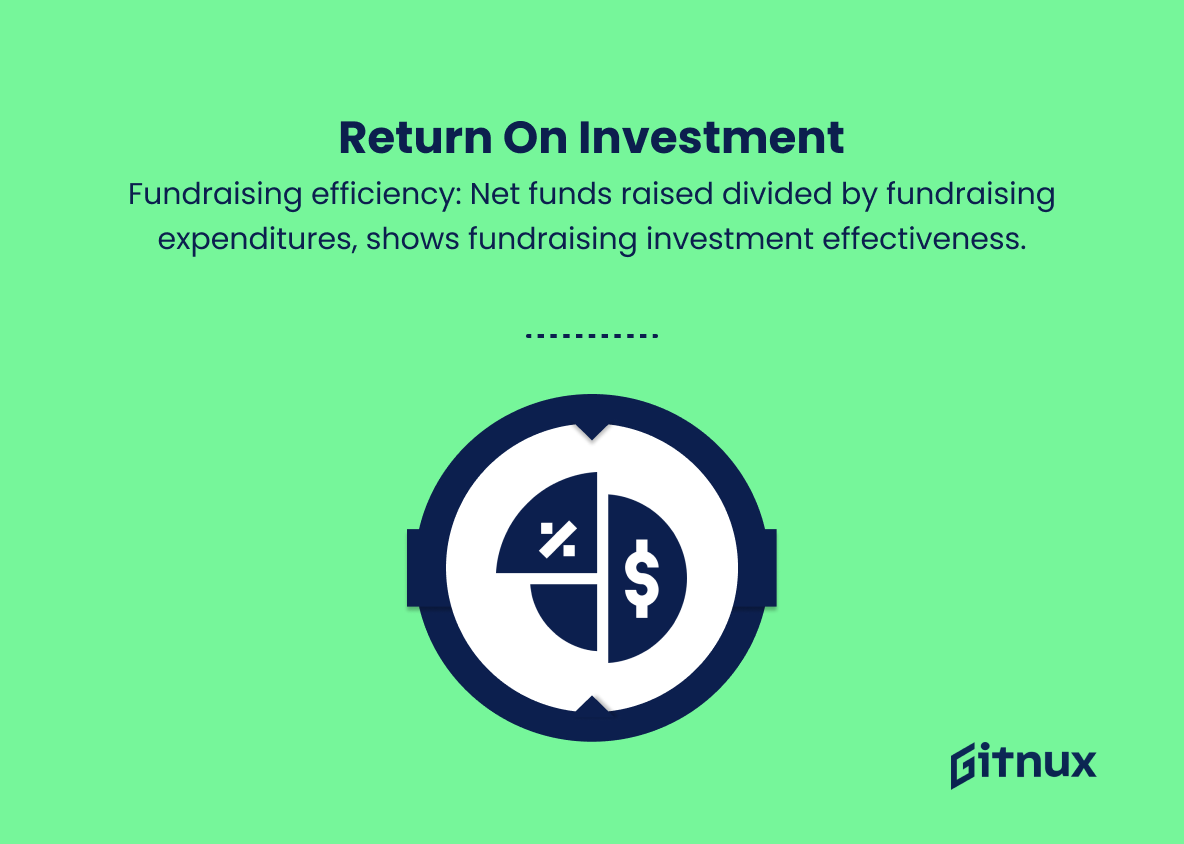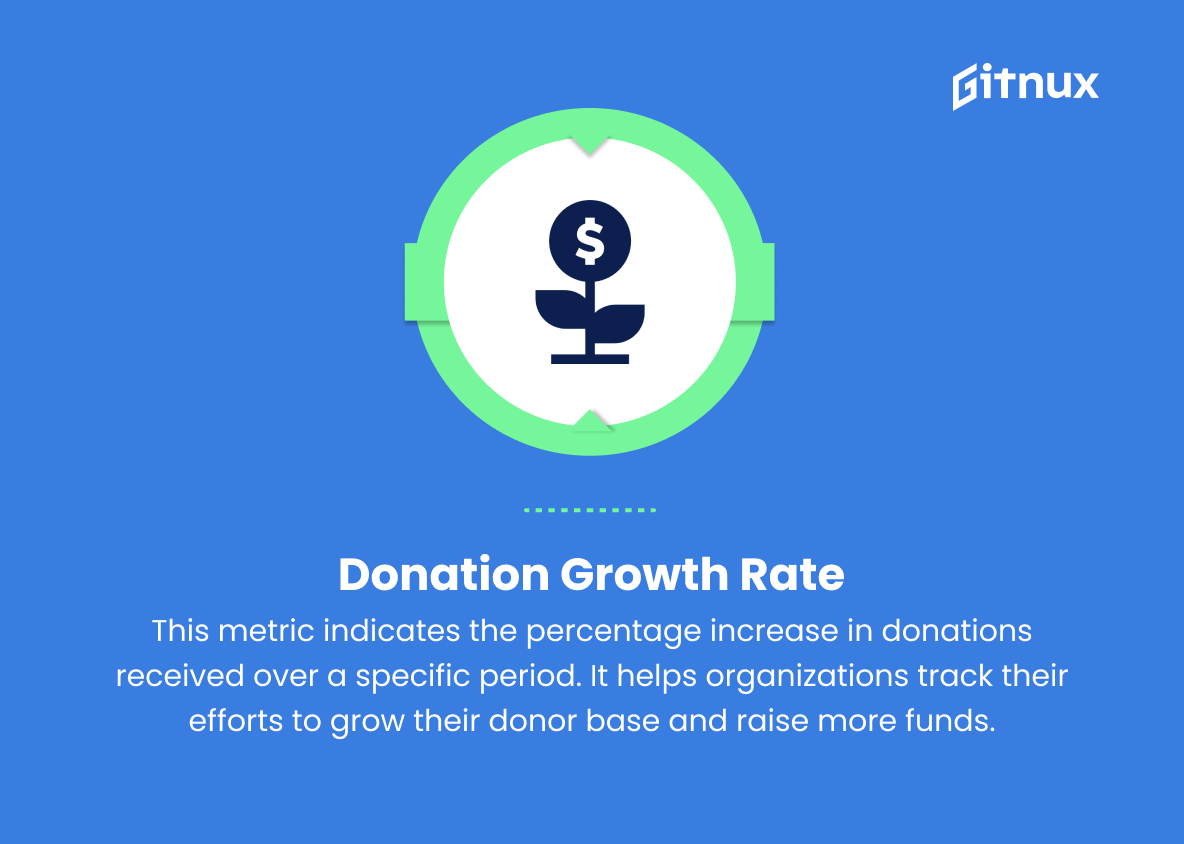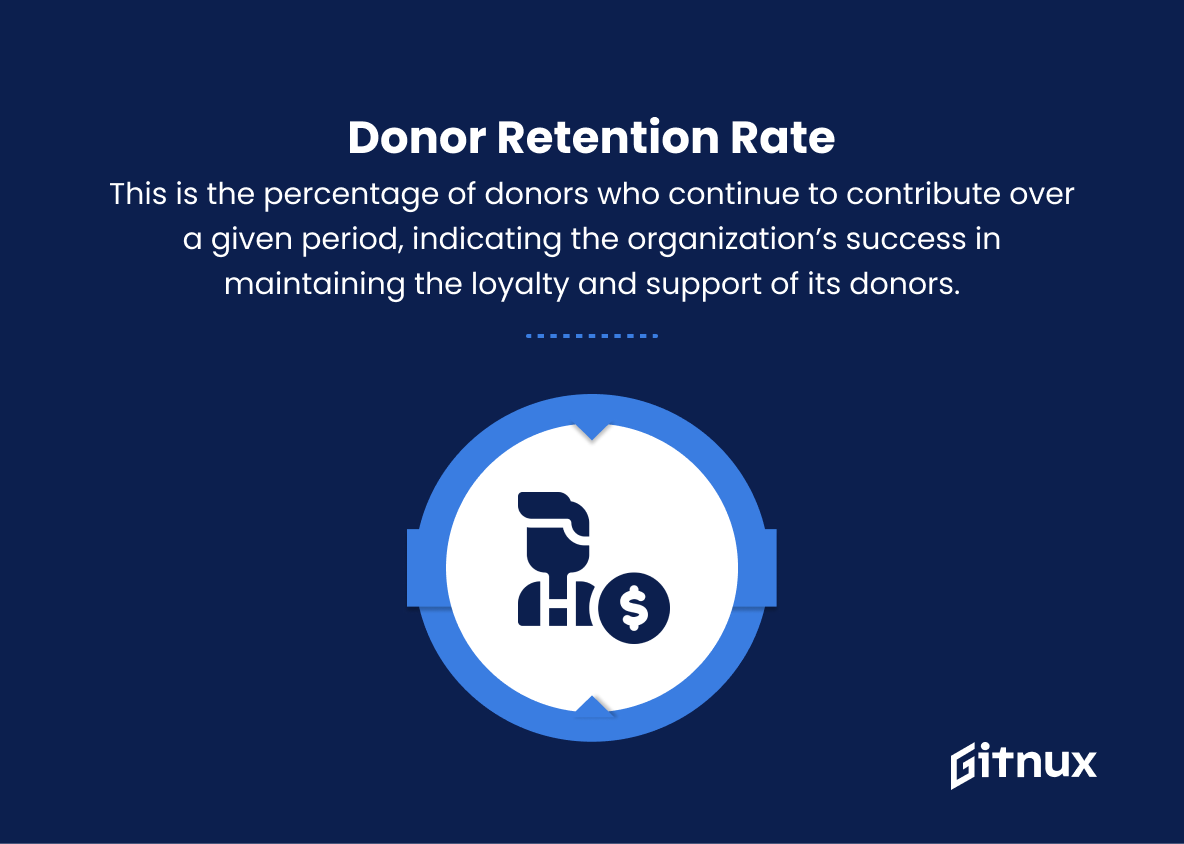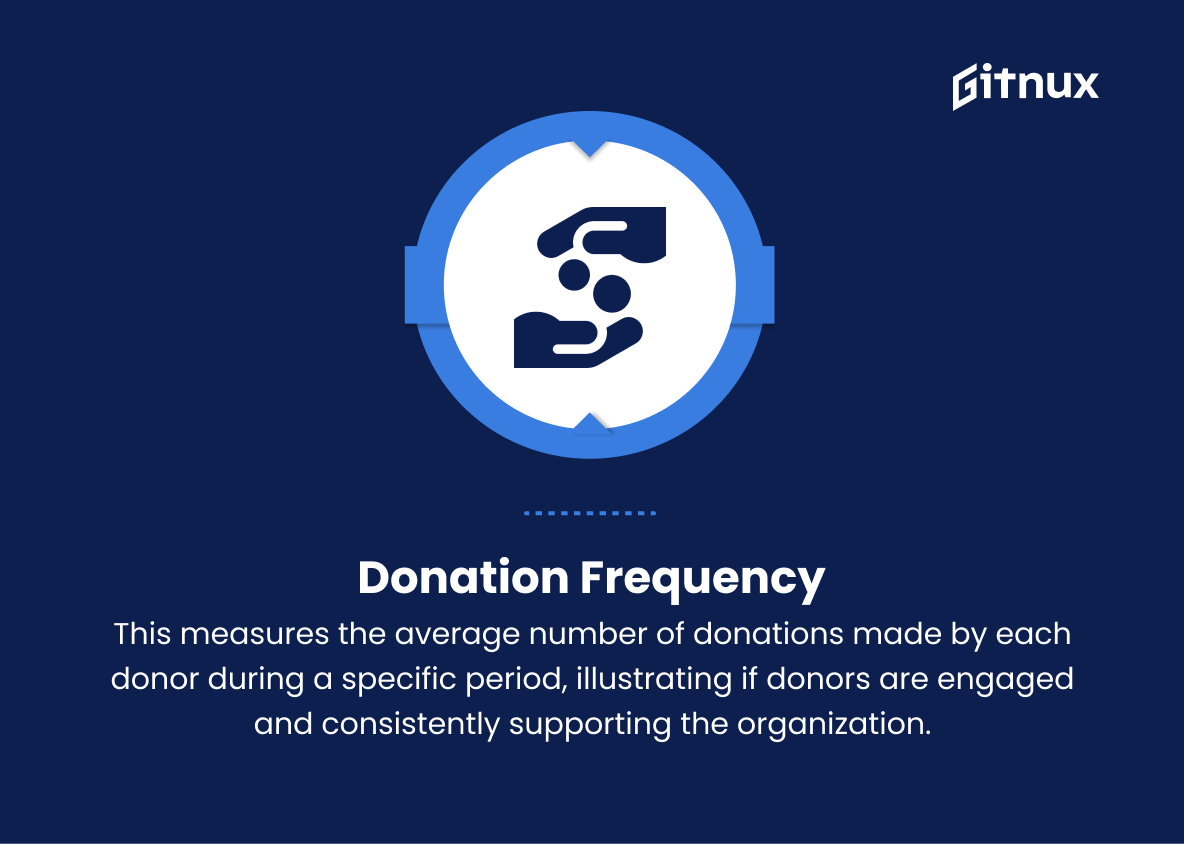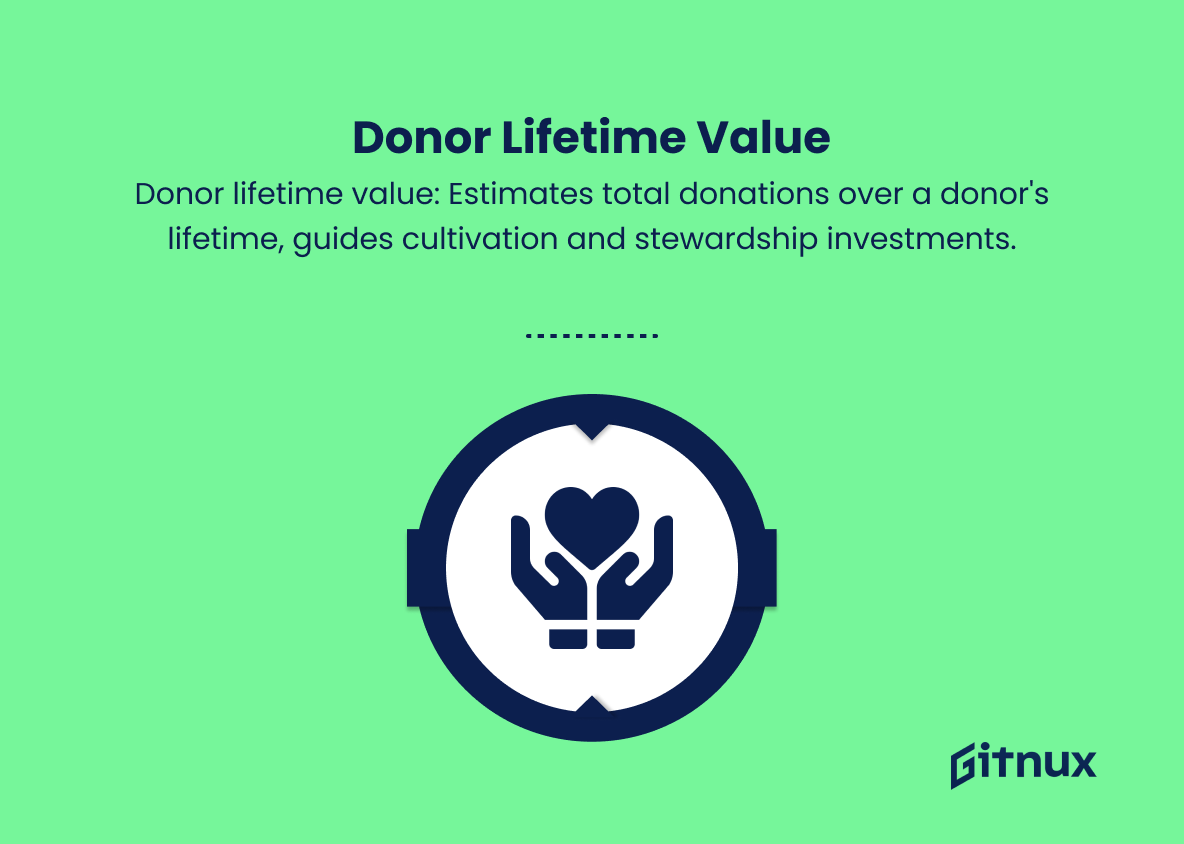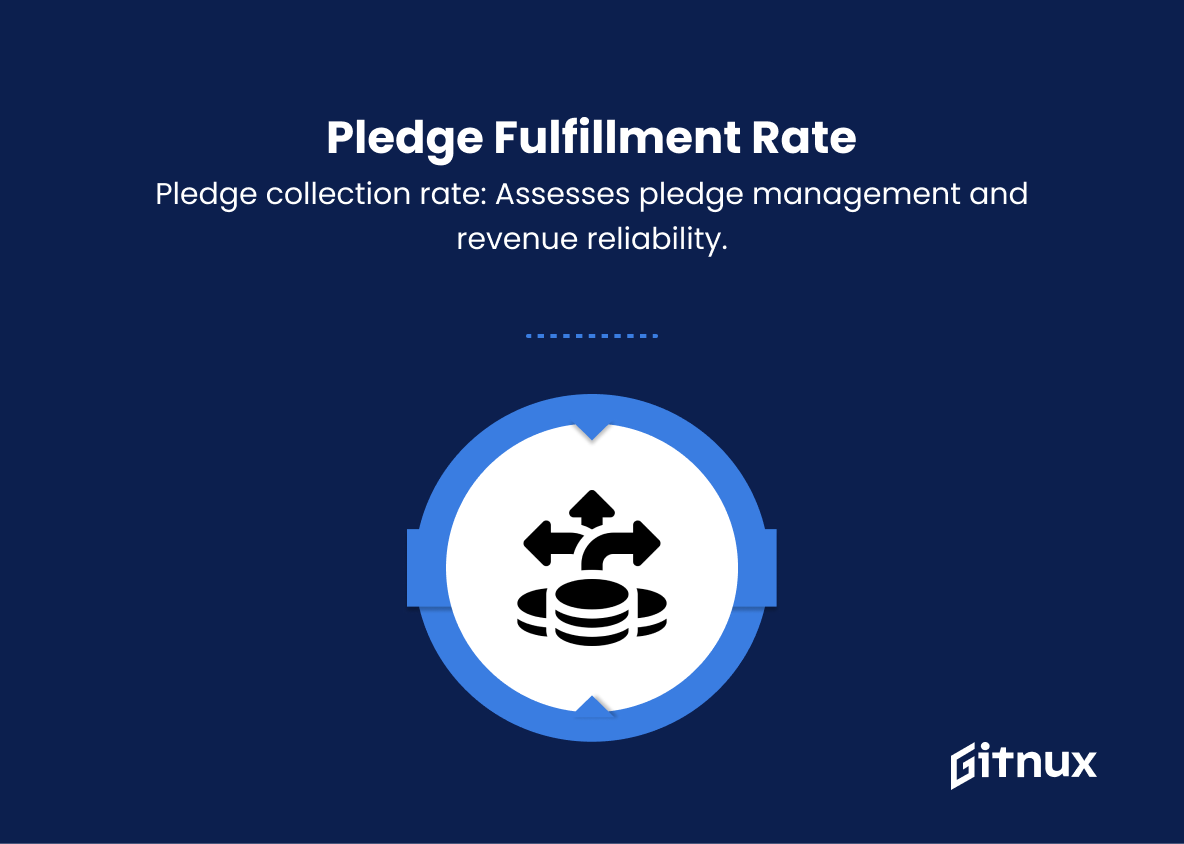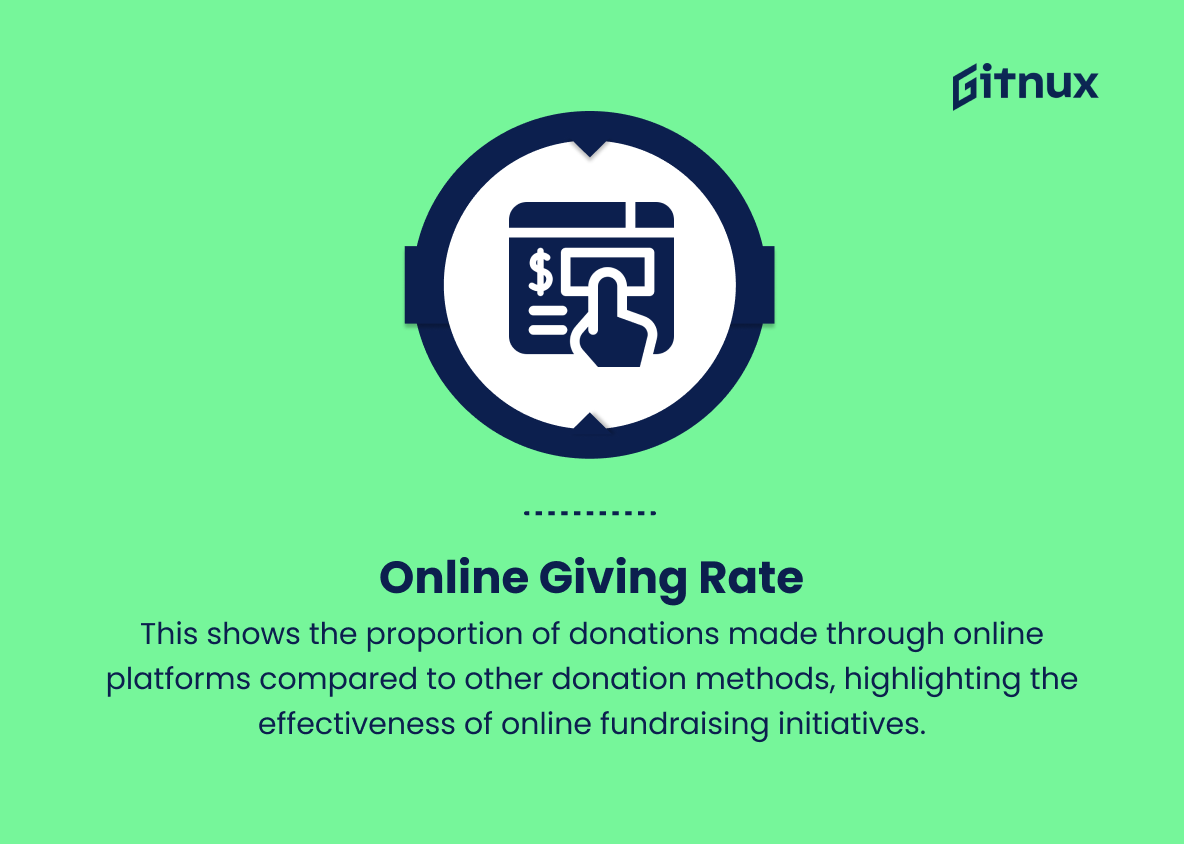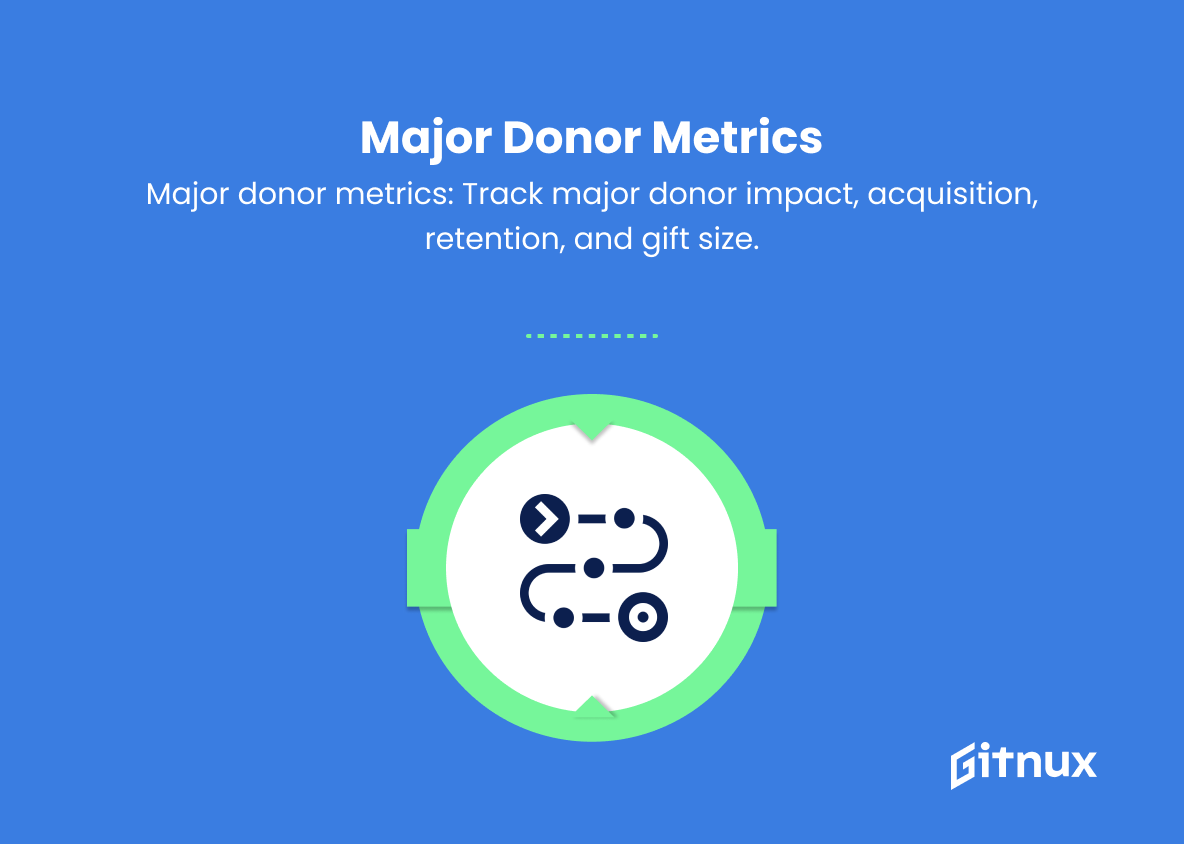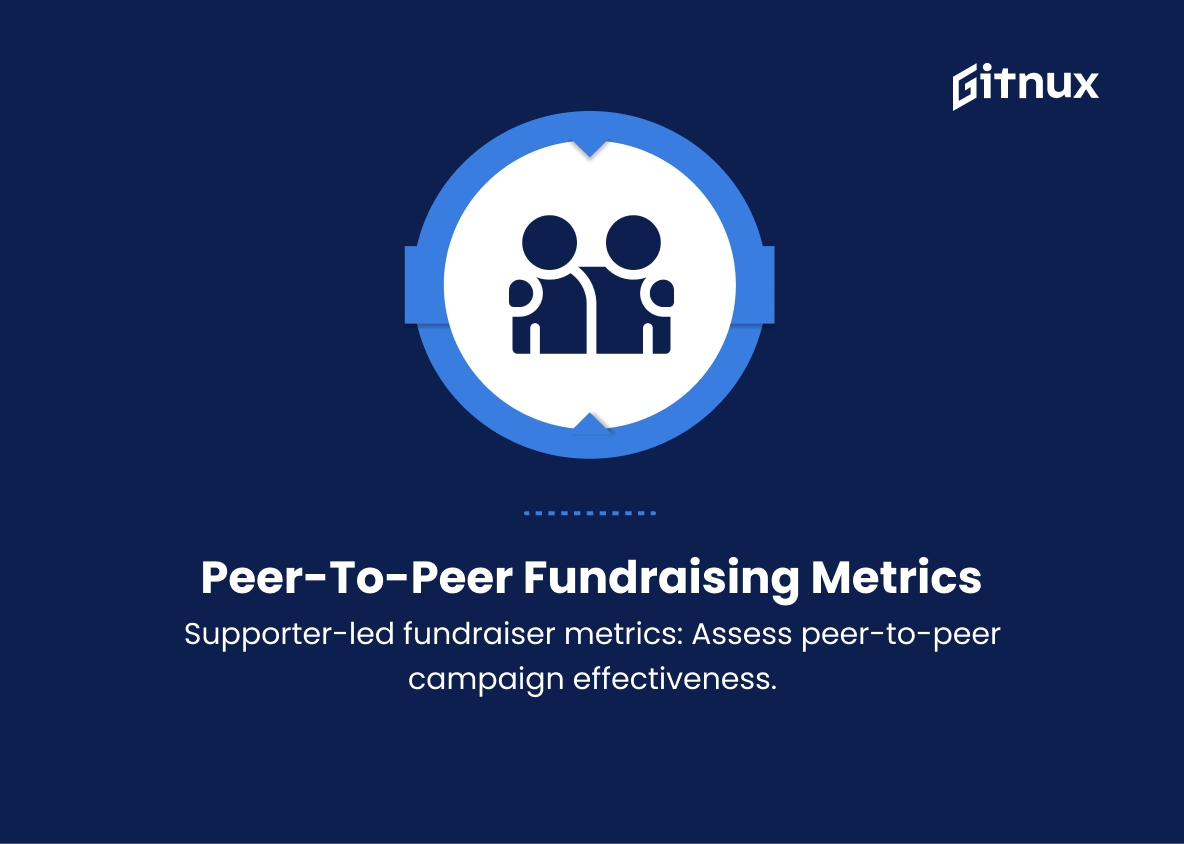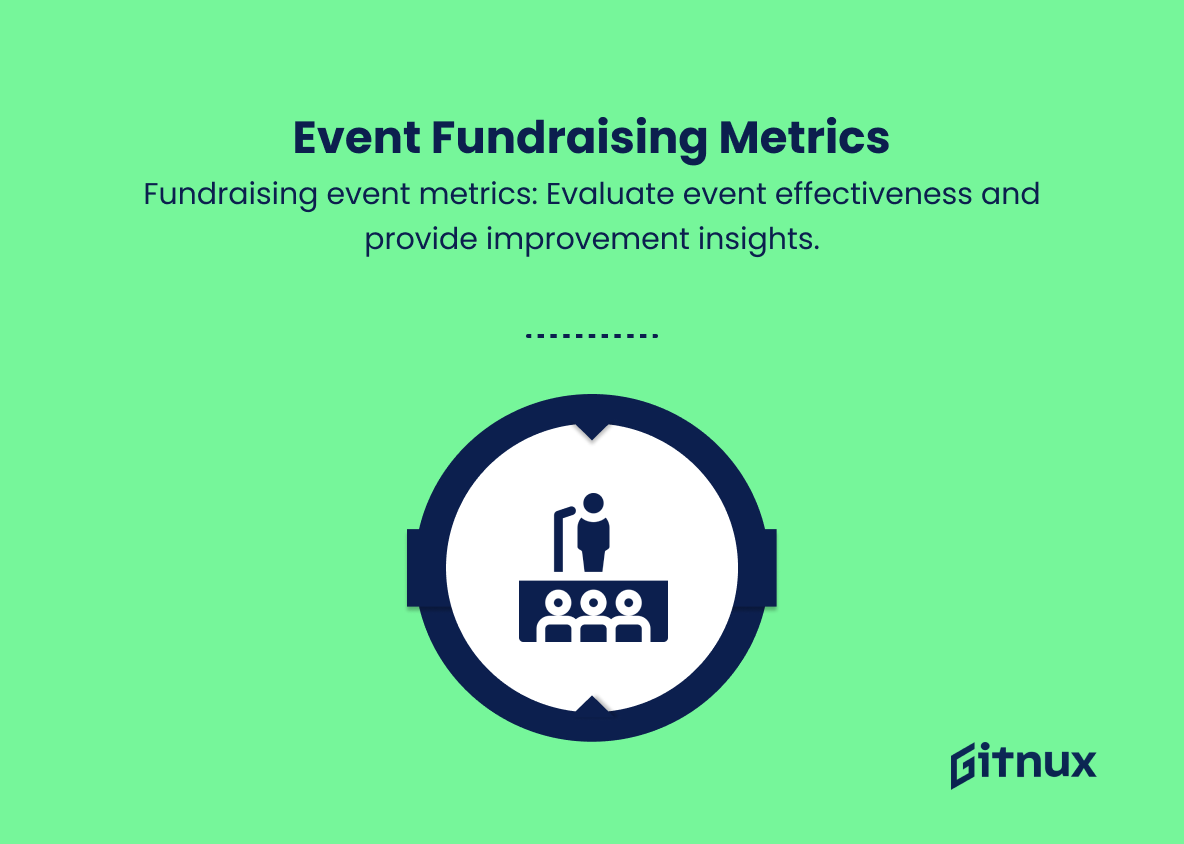In the world of philanthropy and nonprofit organizations, one crucial aspect that often takes center stage is fundraising. After all, the success and operations of these entities largely depend on the financial support received from donors, grants, and other revenue sources. To ensure effectiveness of fundraising efforts, relying on data-driven fundraising metrics becomes paramount. It is through understanding these key performance indicators that organizations can measure the impact, optimize their donor strategies and ultimately, secure a sustainable future.
In this blog post, we will delve deeper into the world of fundraising metrics, outlining their importance, the most critical indicators to track, and how you can use these insights to refine your fundraising approach and secure your organization’s mission.
Fundraising Metrics You Should Know
1. Total Funds Raised
This metric measures the total amount of money raised during a specific period, usually a fiscal year or quarter. It helps organizations evaluate their overall fundraising performance and success.
2. Return on Investment (ROI)
This shows the efficiency of fundraising activities by dividing the net funds raised (total funds raised minus the fundraising expenditures) by the fundraising expenditures. It demonstrates how effectively the organization is using investment in fundraising activities to generate revenue.
3. Donation Growth Rate
This metric indicates the percentage increase in donations received over a specific period. It helps organizations track their efforts to grow their donor base and raise more funds.
4. Donor Retention Rate
This is the percentage of donors who continue to contribute over a given period, indicating the organization’s success in maintaining the loyalty and support of its donors.
5. Donor Churn
This is the percentage of donors lost over a given period, providing insight into how many donors an organization is losing, and emphasizing the importance of strengthening donor relationships.
6. Average Gift Size
This metric measures the average amount donated by each donor during a specified period. It can indicate the efficacy of the organization’s fundraising efforts to encourage higher contributions.
7. Donation Frequency
This measures the average number of donations made by each donor during a specific period, illustrating if donors are engaged and consistently supporting the organization.
8. Donor Lifetime Value (LTV)
This measures the estimated total donation amount that a donor will contribute to the organization over their lifetime of engagement. It helps organizations assess the long-term value of each donor and enables them to invest appropriately in donor cultivation and stewardship.
9. Donor Acquisition Cost
This indicates the average cost of acquiring a new donor through fundraising efforts, such as events and campaigns. It helps organizations determine the effectiveness and efficiency of their donor acquisition strategies.
10. Pledge Fulfillment Rate
This metric measures the percentage of pledged donations that have been successfully collected. It can help organizations evaluate their pledge management processes and the reliability of anticipated revenue.
11. Online Giving Rate
This shows the proportion of donations made through online platforms compared to other donation methods, highlighting the effectiveness of online fundraising initiatives.
12. Major Donor Metrics
These include the number of major donors, major donor acquisition and retention rates, and average major gift size. These metrics are important for understanding the impact of major contributions on the organization’s revenue and evaluate the success of major donor cultivation strategies.
13. Peer-to-Peer Fundraising Metrics
These metrics measure the success and reach of fundraisers organized by supporters, such as the number of fundraisers created, total funds raised, and average fundraiser revenue. These metrics help organizations assess the effectiveness of peer-to-peer fundraising campaigns and strategies.
14. Event Fundraising Metrics
These metrics analyze the success of fundraising events, such as attendance, net funds raised, and ROI. They help organizations determine the effectiveness of events as fundraising strategies and provide insights for improvement.
Fundraising Metrics Explained
In summary, fundraising metrics are essential for evaluating the performance and effectiveness of an organization’s fundraising efforts. Metrics like Total Funds Raised, Return on Investment, and Donation Growth Rate help assess overall success and efficiency. At the same time, metrics such as Donor Retention Rate and Donor Churn emphasize the importance of maintaining strong donor relationships. Metrics like Average Gift Size, Donation Frequency, and Donor Lifetime Value provide insights into donor engagement and long-term value.
Additionally, measurements such as Donor Acquisition Cost and Pledge Fulfillment Rate help organizations optimize their strategies for acquiring and managing donations. Furthermore, evaluating specific campaign types like online giving, major donor cultivation, peer-to-peer fundraising, and event fundraising allows organizations to fine-tune their tactics and maximize their fundraising potential. These metrics collectively create a comprehensive understanding of an organization’s fundraising performance and provide valuable insights for continuous improvement.
Conclusion
In conclusion, fundraising metrics are an essential tool for any serious nonprofit organization seeking to maximize its impact and maintain long-term financial sustainability. By keeping a close eye on key performance indicators such as donor retention rate, average gift size, and overall return on investment, organizations can make data-driven decisions and strategically allocate resources to optimize their fundraising efforts.
Furthermore, the utilization of donor personas and segmenting supporters based on their unique characteristics essentially paves the way for tailored elicitation strategies that foster both lasting donor relationships and increased revenue streams. In this ever-evolving philanthropic landscape, embracing the power of fundraising metrics could indeed be the vital difference between the success and stagnation of your nonprofit organization’s mission.
